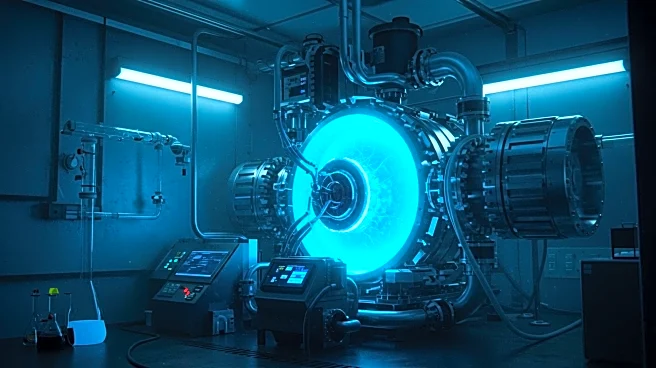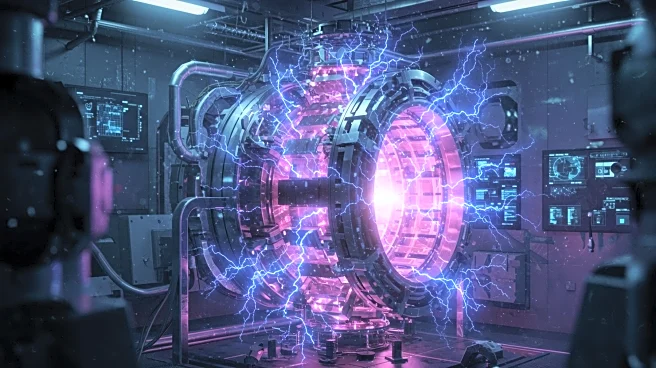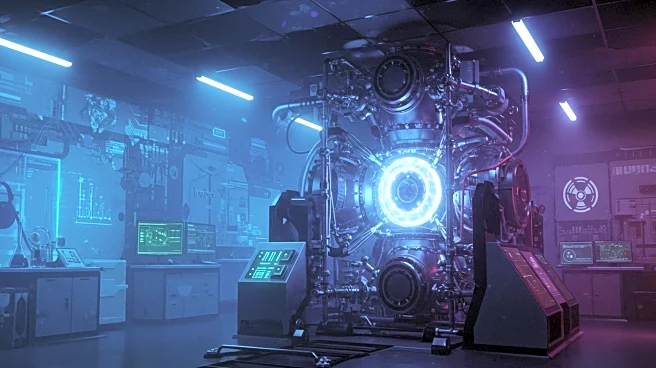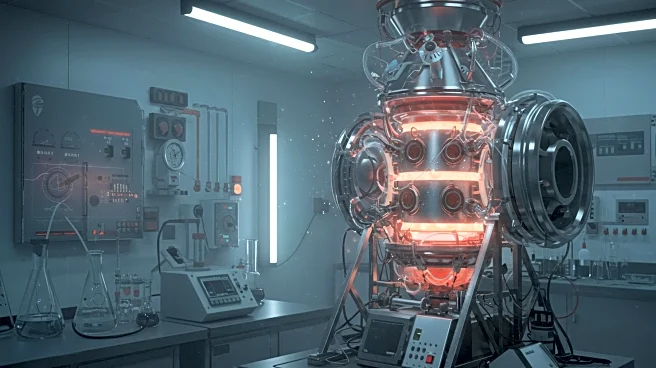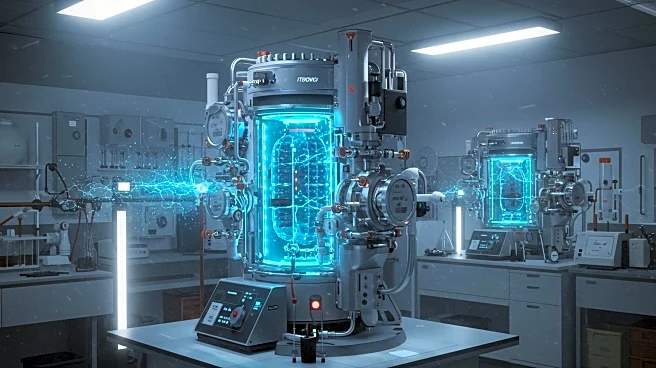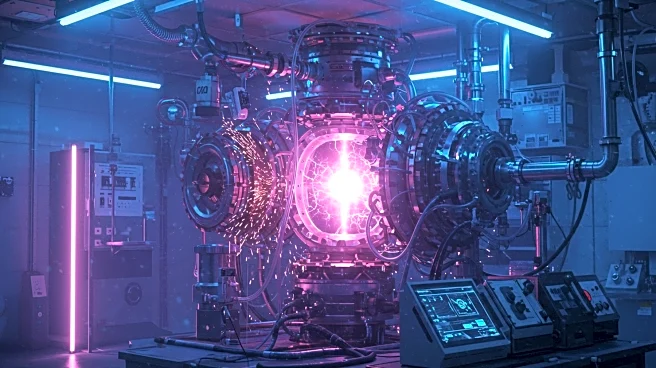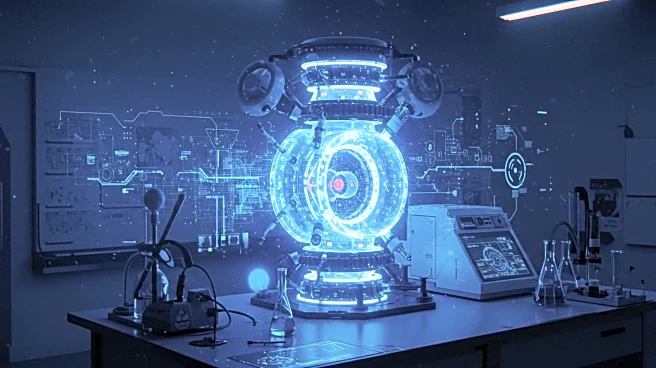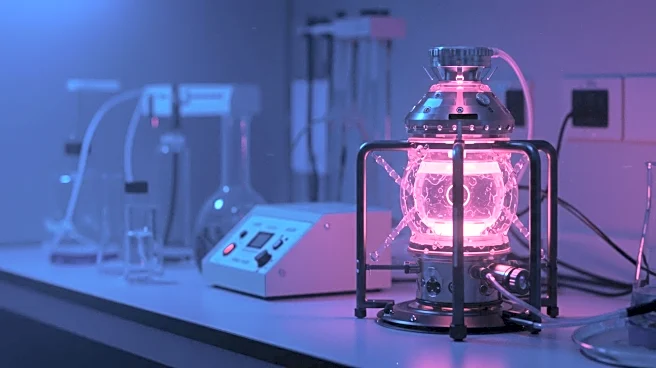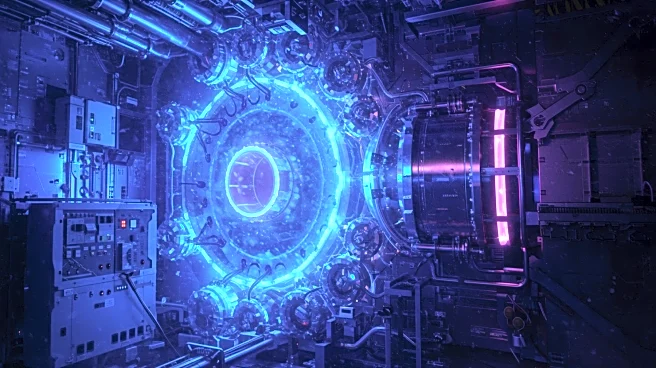Rapid Read • 6 min read
The DIII-D facility has achieved a significant breakthrough in nuclear fusion research by using inverted D plasma to create stable conditions that meet the requirements for future fusion pilot plants. This method, which involves altering the cross-sectional shape of plasma in tokamak devices, has shown to be more stable than previously projected. Tokamaks use magnetic fields to contain and shape plasma, aiming to harness the energy released from nuclear fusion. The findings suggest that this approach could lead to more efficient and economically viable fusion power plants.
AD
This breakthrough is crucial for the future of fusion energy, as it addresses key challenges in achieving stable and efficient plasma conditions. By demonstrating that inverted D plasma can exceed stability expectations, the research opens new possibilities for designing fusion reactors that are both effective and economically feasible. This could accelerate the development of fusion as a clean and sustainable energy source, reducing dependence on fossil fuels and contributing to global energy security.
The next steps involve further experimentation and refinement of the inverted D plasma method to optimize its performance in fusion reactors. Researchers will likely focus on scaling up the approach for larger pilot plants and exploring its integration with existing fusion technologies. Continued collaboration within the fusion research community will be essential to advance this promising method and bring fusion energy closer to commercial viability.
AD
More Stories You Might Enjoy
